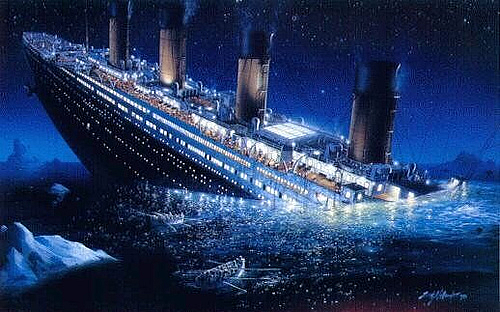Parshas Shmini
I Am In Pain! What Are You Going To Do!
“Moshe said. “This is what Hashem commanded you to do, and the glory of Hashem will appear to you.”(Vayikra 9:6)
The process of inaugurating the Mishkan, the Tabernacle, took place over the course of eight days. On the eighth day, Moshe told Aharon and his sons which sacrifices to bring, and which procedures to follow. After completing all the services, Hashem’s Shechina, Holy Presence, would fill the Mishkan.
Rashi (Vayikra 9:23) says that Aharon brought the sacrifices and did the other services, yet Hashem’s Shechina did not appear. Aharon felt pain and embarrassment. He thought that he was the sole reason for the Shechina not appearing due to his involvement with the Golden Calf. He told Moshe that since Moshe had told him that the Shechina would appear after Aharon had completed the service, Moshe had caused him to be embarrassed. Immediately, Moshe stopped what he had been doing and entered the Ohel Moed, the Tent of Meeting, to daven for mercy for Aharon. His prayers were answered and the Shechina appeared and filled the Mishkan.
Why did Aharon have a complaint against Moshe? Wasn’t Moshe simply relaying Hashem’s directives?
It is true that Moshe was just telling Aharon what Hashem had said. However, since Moshe was the conduit for the pain and embarrassment that Aharon had felt, Moshe was somewhat responsible. Realizing his responsibility for what had occurred, Moshe immediately stopped what he was doing, to daven for Aharon. We bear a responsibility to alleviate our friend’s pain even if we were only an indirect cause of it, through no fault of our own. Obviously, the responsibility is even greater if we actively cause pain to another person!
The Talmud (Yoma 53B) discusses an episode that occurred one time with the Kohain Gadol on Yom Kippur. He entered the Kodesh HaKadashim, the Holy of Holies, to daven for Klal Yisroel, the Jewish People. His prayers took longer than usual. His delay caused the other kohanim to feel anxious. Since the Kohain Gadol had not yet appeared, the other kohanim feared that the Kohain Gadol had died due to an error he had made while doing the Yom Kippur service. The other kohanim were about to enter the Kodesh HaKadashim to remove the “dead body” of the Kohain Gadol. Before they did so, the Kohain Gadol emerged. The other kohanim asked him why he had stayed longer than usual. He replied that he had been pouring out his heart in prayer on behalf of Klal Yisroel. He had also been davening that that Beis HaMikdash would last eternally. The other kohanim told him that in the future, he should not daven a longer prayer than usual, so as not to cause distress to others who were concerned for his well-being.
This seems hard to comprehend. Firstly, Tosafos Yeshanim says that this Kohain Gadol was Shimon HaTzadik. He was the Kohain Gadol for 40 years! He was also among the last of the Anshei Knesses HaGedolah, the Men of the Great Assembly, who helped provide leadership for the Jewish People. He was a tzadik and had many years of experience as the Kohain Gadol. It was unlikely that he erred in doing the Yom Kippur service. So there should have been no cause for anxiety.
Furthermore, once the Kohain Gadol is in the Kodesh HaKadashim he can’t leave and then return. He could not have left to tell the other kohanim not to worry about his delay and then go back inside. Once he was there, he had a unique, once-a-year opportunity to offer special, heartfelt tefillos to Hashem. Klal Yisroel has so many needs for which the Kohain Gadol could daven. One would think that he should stay in the Kodesh HaKadashim and daven for as long as possible. Even if that would cause some concern and anxiety to Klal Yisroel who would be wondering what had happened to delay him, that fear would only be temporary. Wouldn’t it be worth having the Kohain Gadol daven for Klal Yisroel at that auspicious time in that auspicious place even if it would cause them some temporary anxiety?
We see that it would be better for the Kohain Gadol to spend less time davening for Klal Yisroel to avoid causing them even momentary pain.
We see from this that causing pain to another person is unacceptable,
even if there is much to gain and even if the pain is only temporary!
(Based on a dvar Torah by Rabbi Henach Leibowitz zt”l)




